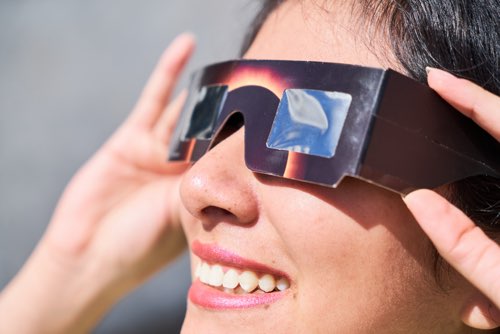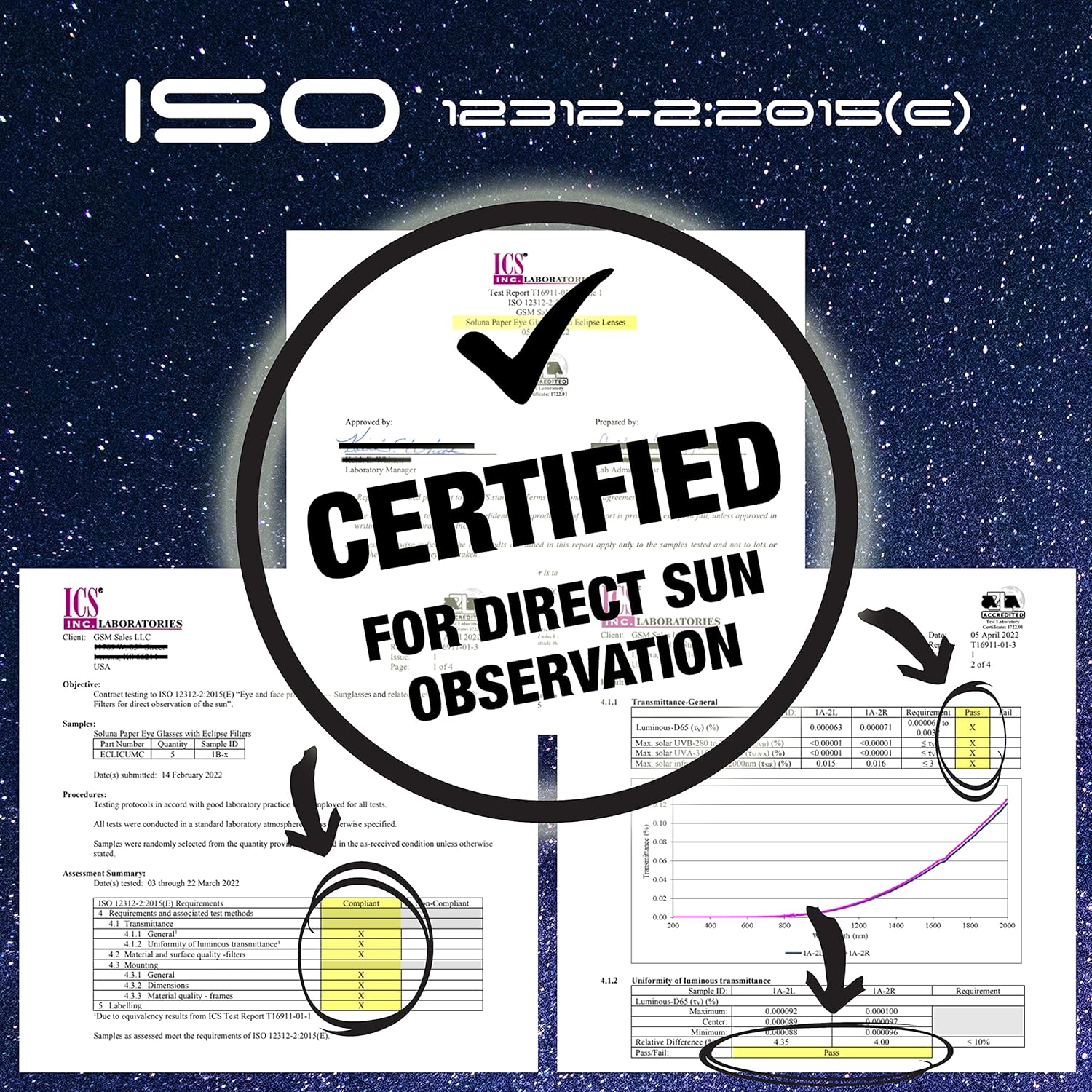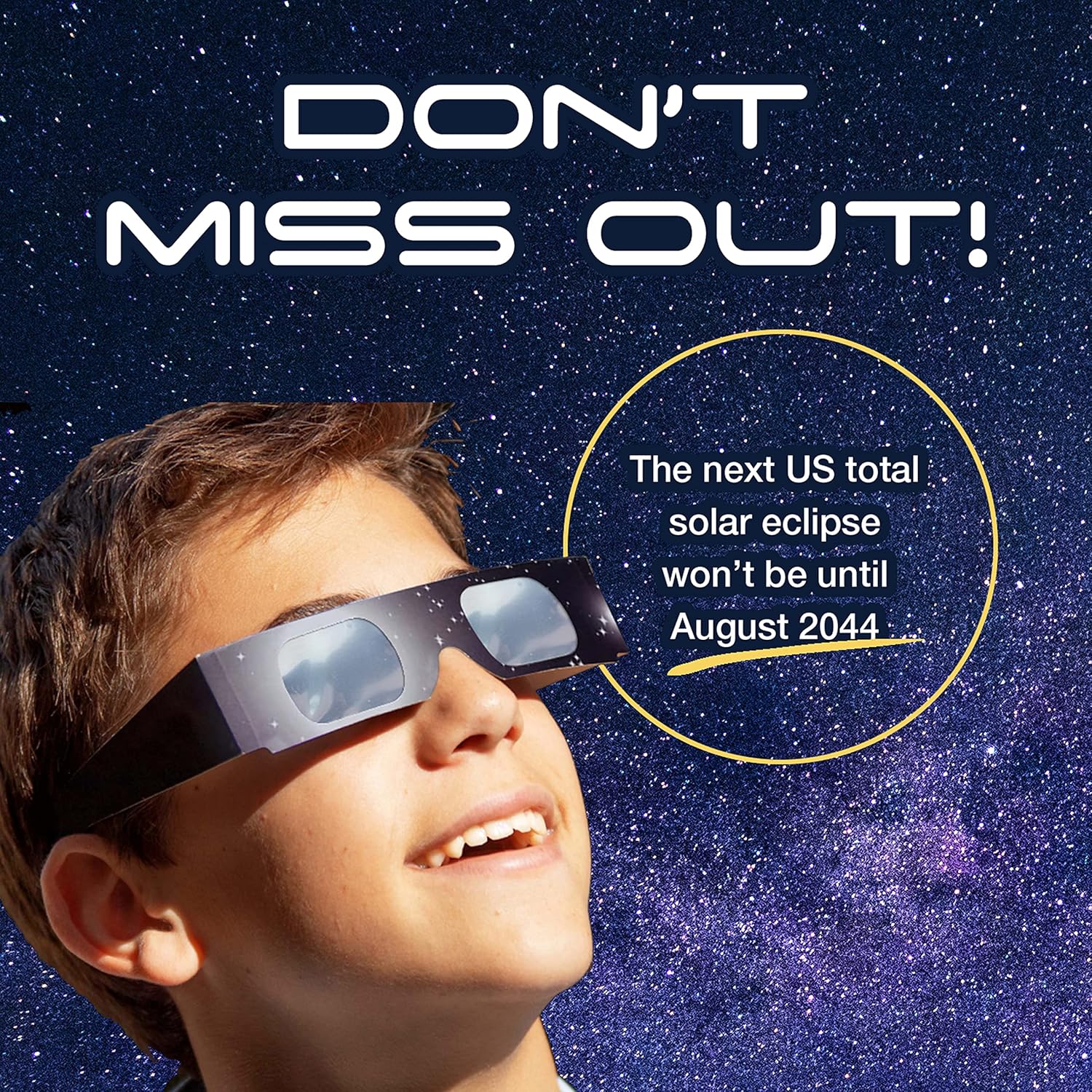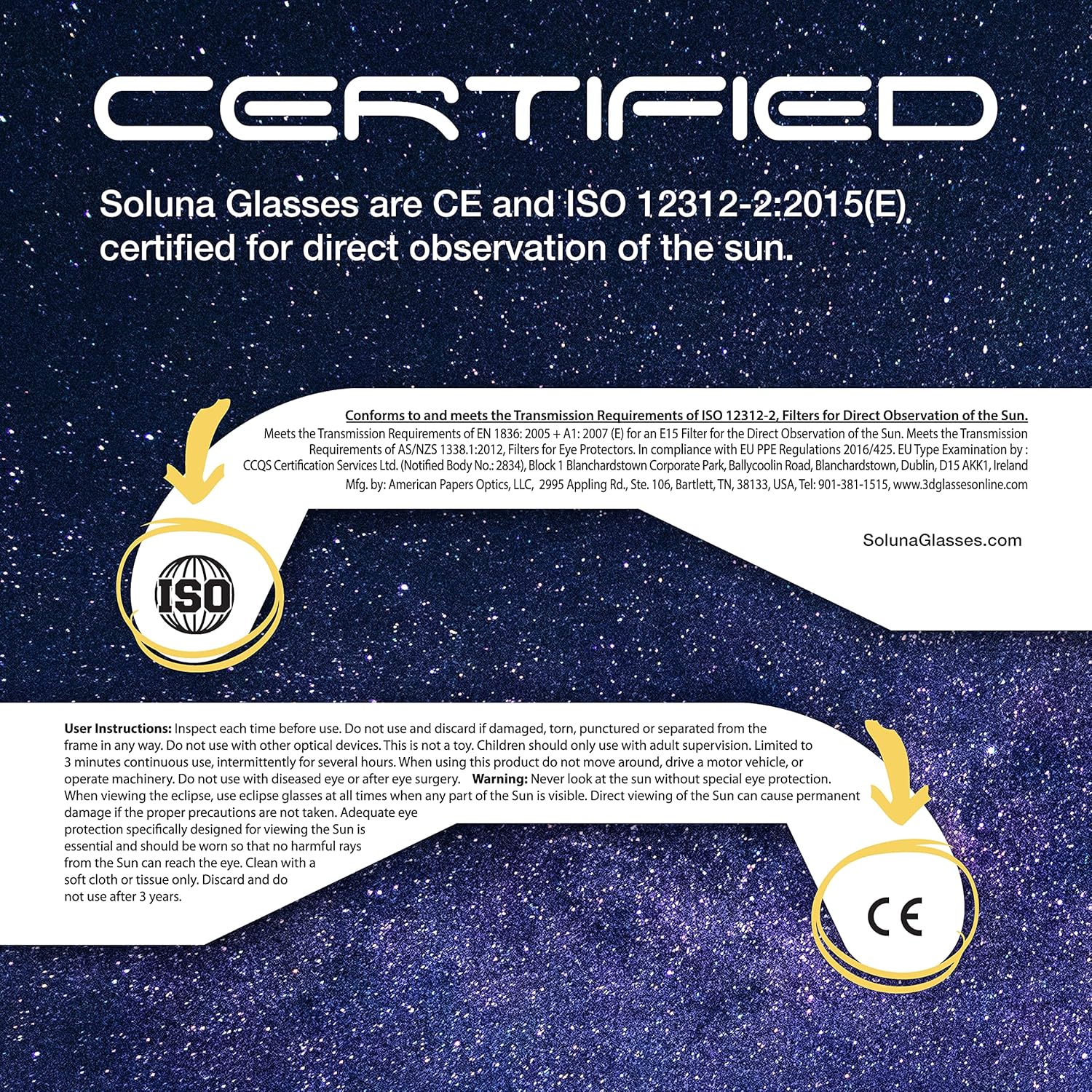A solar eclipse is a remarkable celestial event that occurs when the Moon moves directly between the Earth and the Sun, casting a shadow on Earth and temporarily blocking the Sun’s light. This alignment happens only during the new moon phase when the Moon is positioned between the Earth and the Sun. However, due to the tilt of the Moon’s orbit relative to Earth’s orbit around the Sun, such perfect alignments are relatively rare, making solar eclipses special occasions for observers.
The Mechanics of a Solar Eclipse

The Moon’s shadow during a solar eclipse consists of two parts:
- Umbra: The central, darkest part of the shadow where the Sun is completely obscured. Observers within this area experience a total solar eclipse.
- Penumbra: The outer part of the shadow where the Sun is only partially covered, leading to a partial solar eclipse for those within this zone.
The alignment required for a solar eclipse occurs at points called nodes, where the Moon’s orbit crosses the Earth’s orbital plane. When a new moon occurs near a node, the conditions are right for a solar eclipse.
Types of Solar Eclipses
- Total Solar Eclipse: The Moon entirely covers the Sun, revealing the Sun’s corona, the outer atmosphere, as a halo of light. This is visible only along a narrow path on Earth’s surface known as the path of totality.
- Annular Solar Eclipse: The Moon covers the center of the Sun, leaving a visible ring, often referred to as a “ring of fire.” This occurs when the Moon is farther from Earth in its elliptical orbit, making it appear smaller than the Sun.
- Partial Solar Eclipse: Only a portion of the Sun is obscured by the Moon. This type is more common and can be observed over a larger area.
- Hybrid Solar Eclipse: A rare type that shifts between a total and an annular eclipse along different sections of its path.
Why Are Solar Eclipses Infrequent?
Despite the Moon orbiting Earth approximately every 29.5 days, solar eclipses don’t occur monthly. This is due to the 5-degree tilt of the Moon’s orbit relative to Earth’s orbit around the Sun. Most of the time, the new moon passes above or below the Sun from our perspective. Only when the new moon aligns closely with a node can a solar eclipse take place.
Safe Viewing Practices

Observing a solar eclipse requires caution to protect your eyes from potential damage. Here are some recommended products for safe viewing:
Important Safety Tips:
- Do Not Use: Regular sunglasses, unfiltered cameras, telescopes, binoculars, or other optical devices without appropriate solar filters.
- Inspect Before Use: Ensure eclipse glasses are free from scratches or damage.
- Supervise Children: Always monitor children using eclipse glasses to ensure proper usage.
Upcoming Solar Eclipse Schedule (2025–2030)
Here are some upcoming solar eclipses to mark on your calendar:
- March 29, 2025: Partial Solar Eclipse visible from Europe, Asia, Africa, North America, South America, Atlantic Ocean, and Arctic Ocean.
- September 21, 2025: Partial Solar Eclipse observable from Australia, Antarctica, Pacific Ocean, and Atlantic Ocean.
- February 17, 2026: Annular Solar Eclipse visible in Antarctica; partial views in Africa, South America, Pacific Ocean, Atlantic Ocean, and Indian Ocean.
- August 12, 2026: Total Solar Eclipse observable from the Arctic, Greenland, Iceland, Europe, and northeastern Asia.
- August 2, 2027: Total Solar Eclipse visible from parts of Morocco, Spain, Algeria, Libya, Egypt, Saudi Arabia, Yemen, and Somalia.
- January 26, 2028: Annular Solar Eclipse observable from South/West Europe, North/West Africa, South/East North America, and South America.
- July 22, 2028: Total Solar Eclipse visible from Australia and New Zealand.
- June 1, 2030: Annular Solar Eclipse observable from Europe, Asia, much of Africa, North/West North America, Pacific, Atlantic, and Arctic regions.
- November 25, 2030: Total Solar Eclipse visible from parts of Botswana, South Africa, and Australia.
Related Posts
The Must-Have Security Gadget of 2025: Hidden Camera Detectors
Hidden camera detectors are the must-have security gadgets of 2025, helping safeguard privacy and…
Top 10 Best-Selling Portable EV Chargers
As electric vehicles (EVs) grow in popularity, a reliable portable charger is essential. Here are…
Which Top 10 Smart Home Products on Amazon Will Upgrade Your Life?
Discover the top 10 smart home products on Amazon that can simplify and upgrade your daily…
Best Routers by Type: Mesh, Gaming, Smart, and More for Fast, Secure, and Reliable Internet
Explore the best types of routers—including mesh, gaming, and smart options—to enhance your digital…
Top 10 Things to Consider Before Investing in a Hi-Tech 3D Printer
Keep these top 10 essentials in mind before purchasing a hi-tech 3D printer to make the most of…
The Ultimate Hi-Tech Wish List: Gift Ideas for the Gadget Enthusiasts
Whether it’s for a birthday, holiday, or just to show you care, this hi-tech wish list will help…
5 Best-Loved Hi-Tech Virtual Pets
Discover the best-loved hi-tech virtual pets, where cutting-edge A.I., blockchain, and interactive…
Fly with Excellence: Top 10 Drone Brands Defining Aerial Hi-Tech
From cutting-edge flight performance to advanced camera systems and smart navigation, these…
The Beat of Culture: How Music-Driven Rhythm Games Shape Emotion and Fitness
Music games are a popular genre that combines musical precision with interactive gameplay,…
















